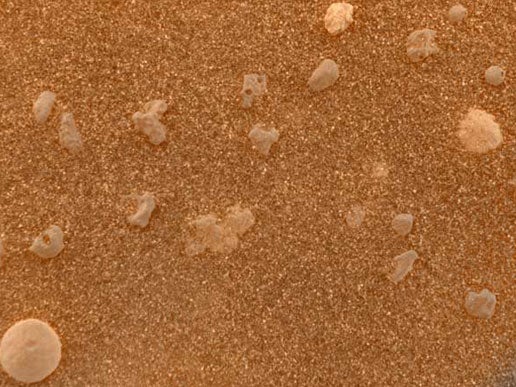NASA’s holiday wish list includes tractor beams – not to haul a planet or drag massive space ships a la Star Wars but to collect particle dust from Mars or asteroids.
A team at the University of Central Florida is among a few others that have been studying this “science fiction” idea and trying to turn tractor beams into a reality – at least on a microscopic level.
“We’ve been studying similar problems for many years,” said Aristide Dogariu, a professor at CREOL, the College of Optics and Photonics, a recognized world leader in laser research. “This is what we do in our field. Tractor beams in space … I don’t think that’s likely, at least not in the near future. But we have managed quite a bit at microscopic levels.”
Dogariu and his team have spent the past several years studying properties of light to understand how small objects can be manipulated. Small pieces of matter can be dragged around with tightly focused beams of light. This is a tool researchers are already using to investigate how diseases work on a cellular level.
Small particles can be pushed in the direction of light flow simply by optical pressure, a fact that has been known for a long time. But accelerating particles against the stream of light is mind-boggling, and it has always fascinated scientists.
The CREOL team, which included UCF research scientist Sergey Sukhov, has designed a method to construct “artificial lenses,” which can tailor beams of light such that objects of any shape can be pulled or moved in any direction at will.
“To pull and move arbitrary particles could have intriguing possibilities,” Dogariu said, adding that one example involves giving medical researchers more tools to figure out how to prevent and attack some of the most challenging diseases.
For a fun read about recently published works on tractor beams, click here . Here’s a link to the actual report of UCF’s team in Phys. Rev. Lett. and an update on all the teams working on tractor beams around the world.
